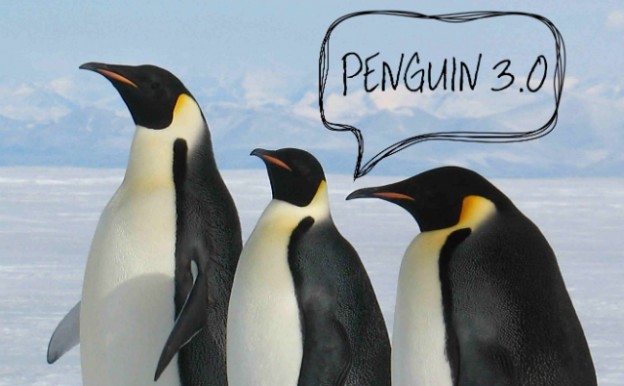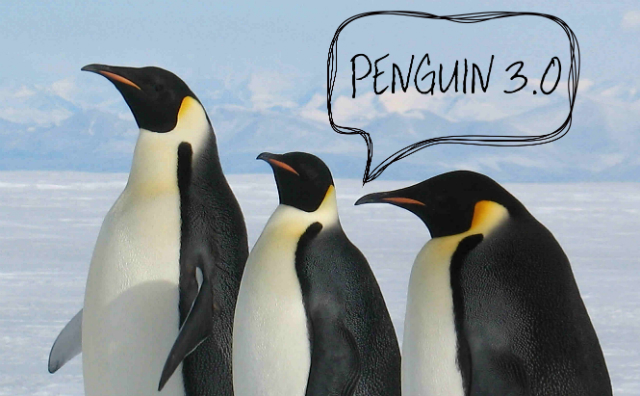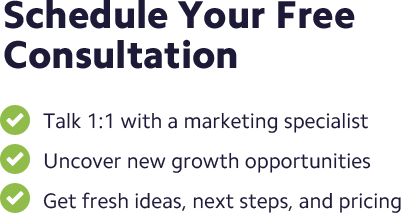![]() Posted by Cameron Francis
on
28 Oct , 2014
in
News Uncategorized
Posted by Cameron Francis
on
28 Oct , 2014
in
News Uncategorized


On the 17th of October, 2014, Google rolled its latest penguin update –more commonly referred to as Penguin 3.0. Actually, this is actually the sixth penguin update, but it’s the 3rd major penguin update and the latest since the second major update that was released in October, 2013.
As with all Google algorithm updates, this had the SEO community in a bunch. However, things are gradually beginning to settle down as SEO firms, organizations and experts figure out the extent of damage to their personal and clients’ sites. This release has had quite the impact – although it hasn’t been quite as extensive as was expected – on certain websites. Let’s examine the highlights of the Penguin 3.0 update.
Negative SEO is Still Very Much in Existence
With all the publicity and awareness out there about Negative SEO, you would think that Google would do something about this in their latest roll-out. Unfortunately, that hasn’t been the case – maybe it will happen later seeing as Google’s updates tend to fully unravel over the course of a few weeks.
For now however, it is still possible for people with malicious intent to point spammy links at your website and get your site penalized or deindexed by Google, which brings us to the next point:
Targets Websites with Spammy Link Profiles
The penguin update is targeted at websites with spammy link profiles. Websites that were particularly hit with this update include thin content sites and those with auto-generated or spun content, and significant duplicate content.
Also websites whose link profile include paid guest posting, link purchasing, mass comment and forum profile links , auto generated links such as those generated by gSA, xRumer, links from mass article submission sites, social bookmark links and even links from SEO directories will most likely take a hit if they haven’t been affected already.
Slower and Less Spectacular Website Recoveries
The really disappointing part is the slow recovery of websites that were previously hit by the last major update and have done everything to clean up their link profiles – including using the disavow tool – and build only legit, white hat, natural links to their website. Some websites have been seeing upticks in their traffic and rankings, but nothing as spectacular or large scale as what was experienced in the last major update.
In essence, most SEOs and website owners have been underwhelmed by the Penguin 3.0’s inability to help websites recover their rankings faster. But, as mentioned earlier, all Google algo updates tend to take a while for a complete rollout. So, fingers crossed, eh?
How Do You Know if You’ve Been Hit?
This is extremely important. A dip in traffic or rankings doesn’t necessarily mean that your website has been hit. It may just be doing the Google dance – moving around websites during the updates – and will usually settle within a couple of days.
But if you have noticed a significant dip in your rankings and traffic since October 17th without any improvements since then and can’t find your links in Google’s Webmaster Tools area, chances are your site has been hit.
What Can You Do if You Have Been Hit?
This brings us to the most important part of this piece – actionable steps that you can take to get your website back on track. If your website has been hit – and yes, tons of sites have lost their rankings across all niches since Friday – you need to start taking proactive steps immediately.
While Google’s algorithmic processes are largely secret and unknown by members of the public, we have noticed a few patterns and used that information to deduce and proffer the best solutions – which have been working by the way, thank you very much ;).
Clean up Links and Hope for the Best
The first step is to look at your link profile and see where you’re possibly getting your links from. If you have been using link networks, detect spammy links either generated by you in the past or someone who just wants to take your site down or have been using black hat and shady link building methods, it’s time to clean up your website. Start by disavowing those links and websites. Honestly, this takes time and resources. If you do this alone, you aren’t likely to recover, seeing as many sites never recover using this method.
Recover Using Redirects
Bottom line, this involves simply getting rid of the old domain name and starting afresh with a new one. Only thing however, is that you will create 301 redirects to the new domain – after cleaning up your link profile of course and doing your disavows – after setting up and transferring all important content and pages.
There’s a whole lot more to this than can be explained in this article. Get in touch with us if you need more info and want to recover your rankings.
Carry Out Periodic Website Audits
We recommend weekly or at the very latest, fortnightly. This is very important as you can quickly detect bad link sources and disavow them almost immediately as against waiting for weeks and then finding out the links; by which time the links would have hurt your site’s rankings.
In conclusion, it is obvious that white hat and legit SEO is even more important for your rankings and business now. You need a clean, natural link profile, fantastic content and periodic audits on your website if you want to gain and maintain your website rankings and traffic.
Get in touch with us now at eTraffic Web Marketing and let’s see how we can help you recover your rankings or ensure that your website never gets hit by subsequent updates by using our world class SEO strategies.






